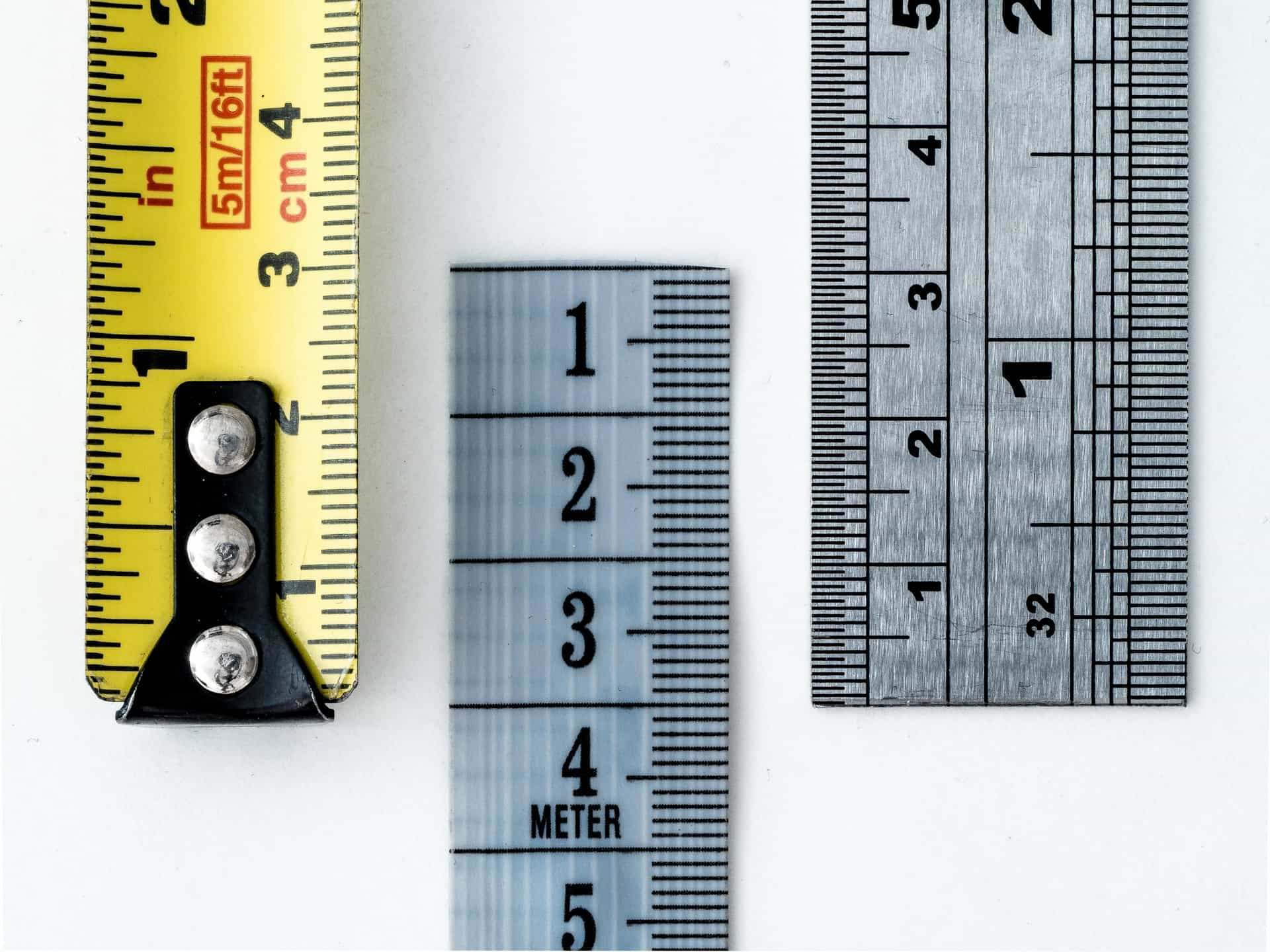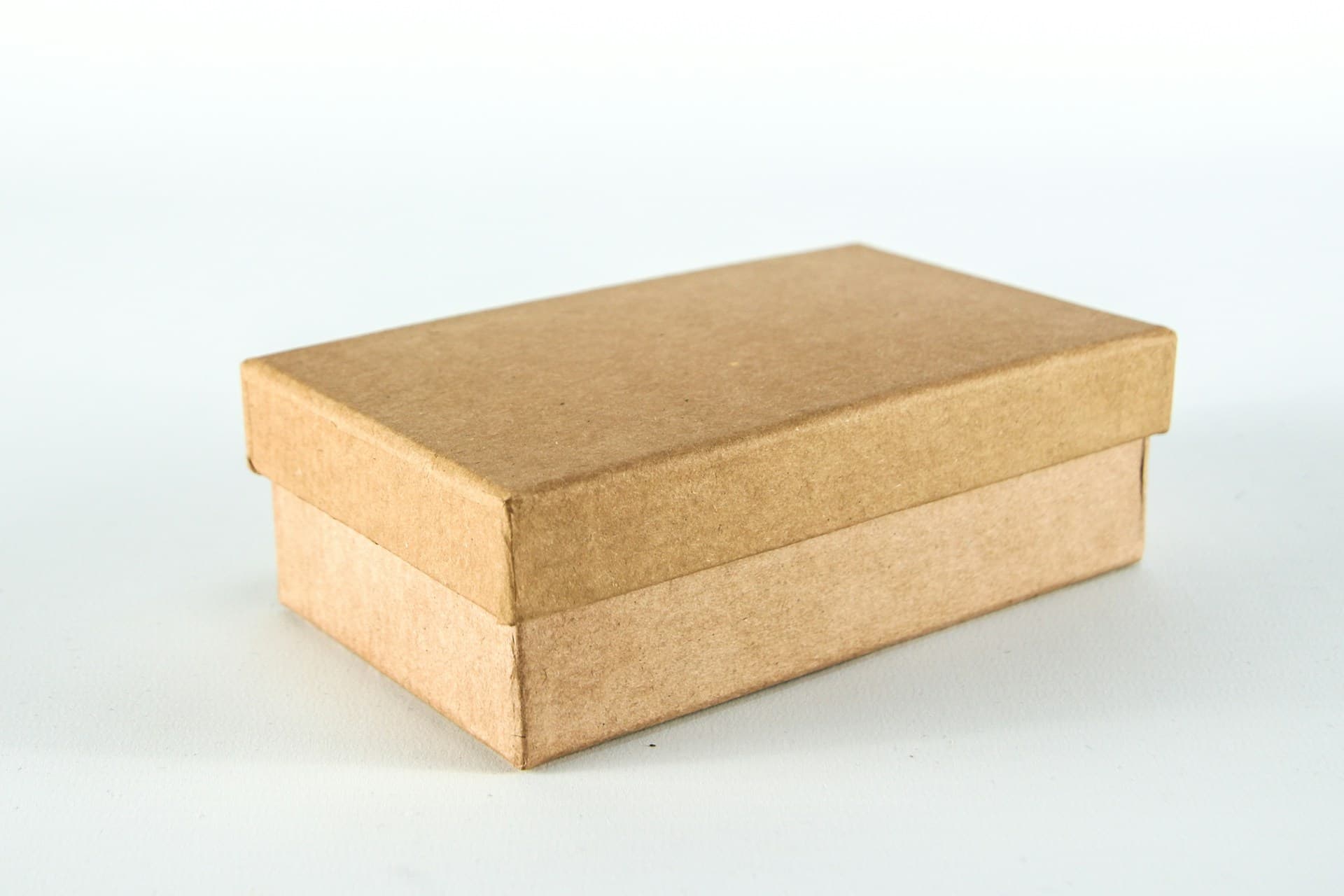Prevent money and time loss from picking the wrong-sized box. Here are the most common sizes and dimensions for the best removal boxes.
This guide will be very helpful if you’re looking for boxes with very specific dimensions without having to splurge on custom-made ones as they’re more expensive compared to ready-made boxes that you can buy off the market. Going back, let’s answer the question. Read on.
What are the Sizes of Specialised Moving Boxes?

While standard boxes are great for most belongings, certain items require specialized protection. Refer to the table below for more information on specialized boxes: names, dimensions, volume, etc. Source
| Type Dimension | L x W x H (cm) | Volume (Litres) |
|---|---|---|
| Small cube | 30 x 30 x 30 cm | 27 Litres |
| Large cube | 50 x 50 x 50 cm | 125 Litres |
| Archive box | 42 x 32 x 26 cm | 35 Litres |
| Crockery box | 30 x 60 x 30.6 cm | 55 Litres |
| Flat TV box | 143 x 20 x 75 cm | 214 Litres |
| Linen flat-pack | 95 x 48.2 x 28 cm | 128 Litres |
| Picture/mirror box | 104.5 x 8 x 79 cm | 66 Litres |
| Port-a-robe | 59.7 x 49 x 110 cm | 322 Litres |
| Slider box | 80~155 x 11.5 x 92.5 cm | 165 Litres |
| Wine box | 49 x 32.7 x 16.7 cm | 27 Litres |
Smaller boxes are okay for compact items for a perfect and snug fit with minimal to no wiggle room to prevent all risks of breakage. Medium to large-sized boxes, on the other hand, allow for extra protective padding without cramping the products inside.

Note: Specialty boxes are used for shipping flat or slim items like framed art pieces or hardcover books. They prevent all kinds of bending and pressure, ensuring your items arrive in top-notch condition.
Other packing box dimensions include (L x W x H cm):
- 8 x 8 x 66 cm tall shipping packing carton tube boxes
- 27 x 16 x 12 cm slotted shipping packing cardboard box
- 44 x 28 x 17 cm slotted shipping packing cardboard box for AusPost Extra Large Box
- Regular Slotted Cartons (RSCs), or standard cardboard boxes with flaps on top and bottom that are closed with packaging tape. Standard sizes for RSCs include 30.5 x 21.5 x 27 cm and 30.5 x 21.5 x 22.5 cm
Frequently Asked Questions about Packing Boxes
Some of the recurring questions about packing box dimensions.
What size is a standard packing box?
A standard packing box varies in size depending on the specific use and industry standards. One common size for a standard packing box is approximately 45.72 x 45.72 x 40.64 cm (L x W x H cm), although sizes may vary slightly per supplier.
What are standard shipping box sizes?
Standard shipping box sizes can vary depending on the industry and specific needs, but here are some common dimensions for standard shipping boxes:
-
Small Box - Measure 30.48 cm on all sides. Can fit shoes, books, and small electronics.
-
Medium Box - Medium packing boxes come in at 45.72 x 40.64 x 45.72 cm.
-
Large Box - Measure 45.72 x 45.72 x 60.96 cm. Ideal for bigger or heavier things like a selection of appliances, equipment, and large toys.
-
Extra Large Box - Extra large boxes measure 60.96 cm on all sides, offering ample room for the item(s) and extra padding for any shipment.
Final thoughts
There are many benefits to using the properly-sized box for your items, like saving on shipping costs per cubic meter, ensuring that there’s very little to no wiggle room (further reducing the chances of your parcel breaking while shipment), and more. Familiarity with common box dimensions is useful if you want to save yourself from splurging so much money on boxes.
If after this guide, you’re still unsure or unable to find the box that properly matches the size of the item you wish to ship, Easyhome should be of help to you.
We offer different-sized versatile boxes, and if none of our pre-made boxes can fit your items, we’ll make one specifically for your items.
Browse and buy our boxes here. We offer nationwide shipping, 1-2 day fast door-to-door deliver, and order anytime. Note: All orders placed between 9 AM to 2 PM are dispatched the same day from our warehouses, otherwise they’re shipped the next day.

